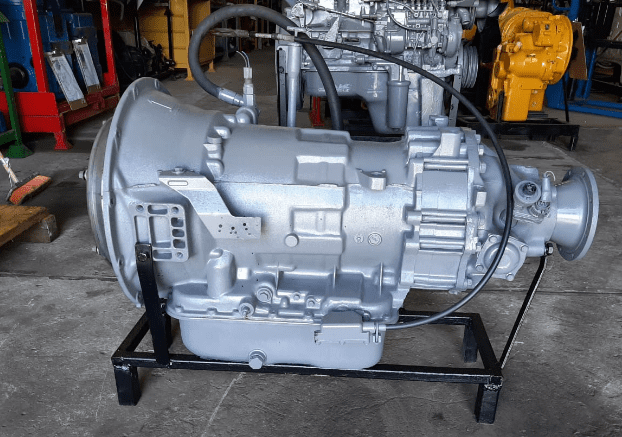[Fixed] Acura Cl 2.3 Transmission Problems!
Last Updated on July 28, 2023 by Robert Wilson
The 1999 Acura CL 2.3 was one of the most popular cars on the market.
However, it had a few transmission problems that caused many drivers to take their car to the shop.
The first problem was that the car would not shift into gear when it was cold outside.
This made it difficult for drivers to get to work in the morning. The second problem was that the transmission would sometimes slip out of gear while driving.
This could be dangerous if it happened while going up a hill or around a turn.
Overall, these transmission problems made the car less reliable than other options on the market.
If you’re having transmission problems with your 1999 Acura CL 2.3, the most common symptom of this transmission problem is a hard shift from 1st to 2nd gear.
There are several possible causes for this problem, but the most likely culprit is a worn-out input shaft bearing.
This bearing allows the input shaft to rotate smoothly inside the transmission, but over time it can wear down and cause problems like these.
Fortunately, there’s an easy fix for this problem: simply replace the input shaft bearing with a new one.
This will require disassembling the transmission, but it’s not a difficult job and any competent mechanic should be able to handle it quickly and easily.
Once the new bearing is in place, your transmission should shift smoothly once again. If you’re experiencing any other symptoms on acura or problems, however, it’s best to have your car checked out by a professional to be safe.
Which Acura Model does Have Transmission Problems?
There have been a number of reports of transmission problems with Acura vehicles over the years.
The most common issues seem to be with the automatic transmissions, which can experience slipping, jerking, or hesitation when shifting gears.
These problems are typically most prevalent in older model Acuras, such as those from the 2006 to 2021 on Acura RDX model especially.
However, there have also been some reports of transmission issues in newer models as well.
What Does Cl Mean in Acura?
CL is an acronym for Acura’s Coupe Luxury line of vehicles. The CL designation was first used in 1996 for the second-generation Acura TL, which was a two-door coupe version of the four-door sedan. The CL continued to be used on the third-generation TL, which was produced from 2004 to 2008.
In 2009, the CL nameplate was retired and replaced by the TSX Sport Wagon.
Acura Cl Transmission Problems
The first thing that you need to know is that there are two types of transmissions in Acura CL vehicles: automatic and manual.
Both types of transmissions can experience problems, but the most common type of problem is with the automatic transmission. There are a few things that can cause your automatic transmission to have problems.
Another common cause of automatic transmission problems is a dirty filter. A dirty filter can restrict the flow of fluid, which can also lead to slipping or failing to engage gears properly. You should check your transmission fluid level regularly and top it off if necessary.
You should also have your filter changed according to your owner’s manual schedule. These simple maintenance steps can help prevent many common transmission problems.
If you are having trouble with your manual transmission, one of the most likely causes is a worn clutch disk .
The clutch disk helps transfer power from the engine to the wheels and over time it will wear out . When it gets too worn , it won ’t be able t grip the flywheel properly and will start to slip . This will make it hard for you t o shift gears or may even cause grinding noises .
Worn clutch disks need t o be replaced – a job best left t o a professional mechanic .
Conclusion
Acura’s 1999 Cl 2.3 is having some transmission problems that are causing it to slip and jerk. The company has issued a recall for this model and is asking owners to bring their cars in for repairs. In the meantime, they suggest driving slowly and carefully until the problem can be fixed.

